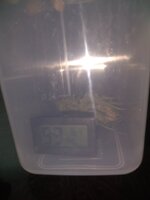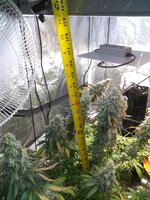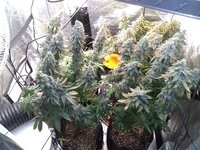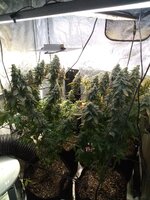- Thread starter
- #281
Havocsm1
Well-Known Member
@MrSauga
Good morning. Hey I have a question: how experienced with Coco growing are you? I want to try it next grow maybe. For me to really step it up I think I need to try Coco next time. Not because I'm going to permanently grow in it. I'd just like to learn it and maybe base my next journal around Coco. What do you think?
Edit: just 1 plant in Coco rest in soil. Just for shits
Good morning. Hey I have a question: how experienced with Coco growing are you? I want to try it next grow maybe. For me to really step it up I think I need to try Coco next time. Not because I'm going to permanently grow in it. I'd just like to learn it and maybe base my next journal around Coco. What do you think?
Edit: just 1 plant in Coco rest in soil. Just for shits


















